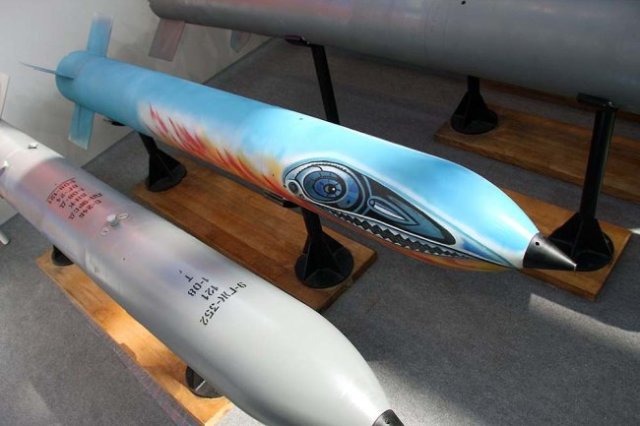During the 1979 war, the armies of Vietnam and China practically did not use combat aircraft. Why did this happen? The fact is that the Vietnamese air Force was relatively small and its strike component was involved in operations against the commandos in Cambodia. The opponents did not dare to use conventional MiG-21 interceptor fighters against tanks and infantry advancing in the mountains.
Here is a neat detail: Back in the Sino-Vietnam War, with most of its aircraft concentrated in the south to fight Khmer Rouge, the Air Force was unable to make use of its S-24. Therefore, the Air Force opted to lend a number of S-24 to the Army.
How the Army used S-24 ? pic.twitter.com/XQylpqNOJM
— Lee Ann Quann (@AnnQuann) February 19, 2022
At the same time, the ground forces of the People's Republic of China were left without air support, because the Vietnamese air defense forces were armed with modern means of destruction. These units had extensive experience in dealing with the latest American technology, such as the F-4 Phantom II, F-111, B-52 Stratofortress, which significantly surpassed the Soviet MiG-17, MiG-19, Tu-16 and Il-28 clones that were in service with the PLA at that time in terms of their tactical and technical characteristics.
The Vietnamese Air Force played a role in that short-lived conflict. They had extremely powerful unguided S-24 air-to-ground missiles in their warehouses.
Their caliber is 240 mm. The length of such a bed is 2 meters 30 centimeters, and the weight is 235 kg. At the same time, the mass of the high-explosive warhead, capable of bringing down up to 4,000 fragments on enemies during an explosion, reaches 123 kg. The radius of destruction is 400 meters.
The flight speed is 430 meters per second. However, the range leaves much to be desired, only 2000 meters.
The "Twenty-fourth" started with relatively light homemade launchers, which could, if necessary, be rolled up relatively quickly and transferred to another location.
It is known that in those battles, the Vietnamese also mainly used 140-mm BM-14 multiple rocket launchers mounted on all-terrain vehicles and striking at 9,800 meters, and portable 122-mm Grad-P, which had a maximum sighting range of up to 10,800 meters.
Alexey Moiseev

